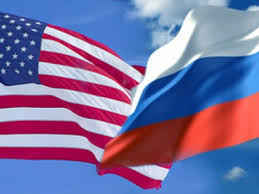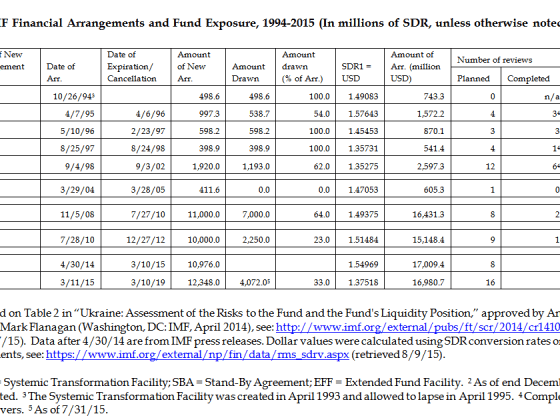The Center for the National Interest recently published a report, "The United States and Russia after the Ukraine crisis: Three Scenarios," with chapters by Samuel Charap, Nikolas K. Gvosdev, and Matthew Rojansky.
A FUNCTIONAL RELATIONSHIP (chapter by Samuel Charap) – By late 2015, both Washington and Moscow come to recognize the “New Cold War” footing they had adopted in the preceding two years was unsustainable. The confrontation led to stalemate in Ukraine, and counterproductive competition throughout the world. Moreover, events in Ukraine prove conducive to a thaw. A slow, uncertain, and fraught process of normalization moves forward. There is no “reset,” but there is an end to the crisis in United States-Russia and West-Russia relations and the two sides begin to define “a new normal.”
While working-level officials in Washington and Moscow directed much energy towards the new competition that emerged following the Maidan Revolution, some senior principals always remained dubious about the wisdom of the New Cold War. But their doubts about the new course had never affected policy because they saw no viable alternative to the path their respective national security establishments had chosen. That had created a vicious cycle of action and reaction, which seemed to be leading inevitably toward a deepening of the confrontation. Domestic politics in both countries not only accelerated this trend, but also produced significant disincentives for decision-makers to consider alternatives. […]
See the full report (PDF) © The Center for the National Interest










